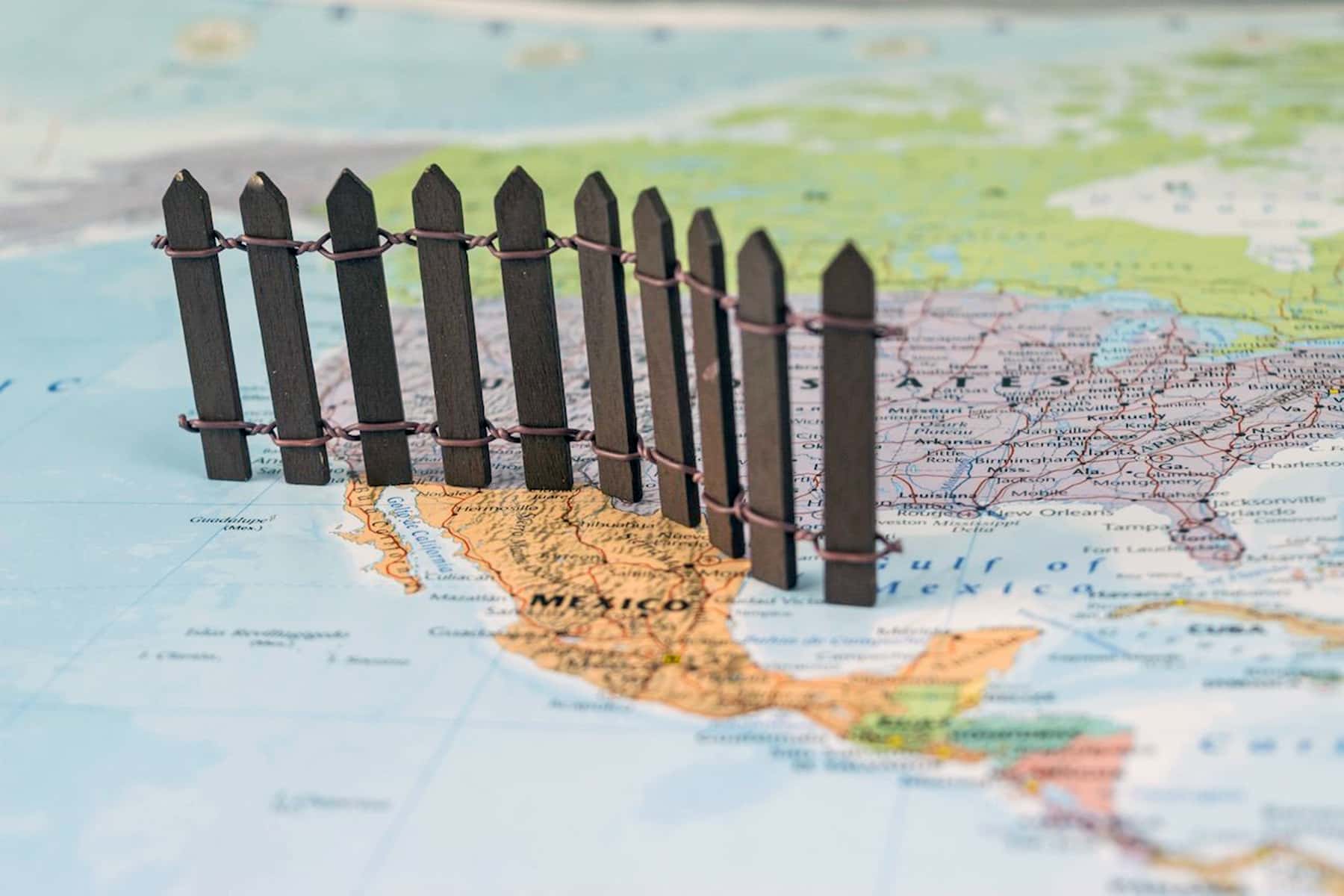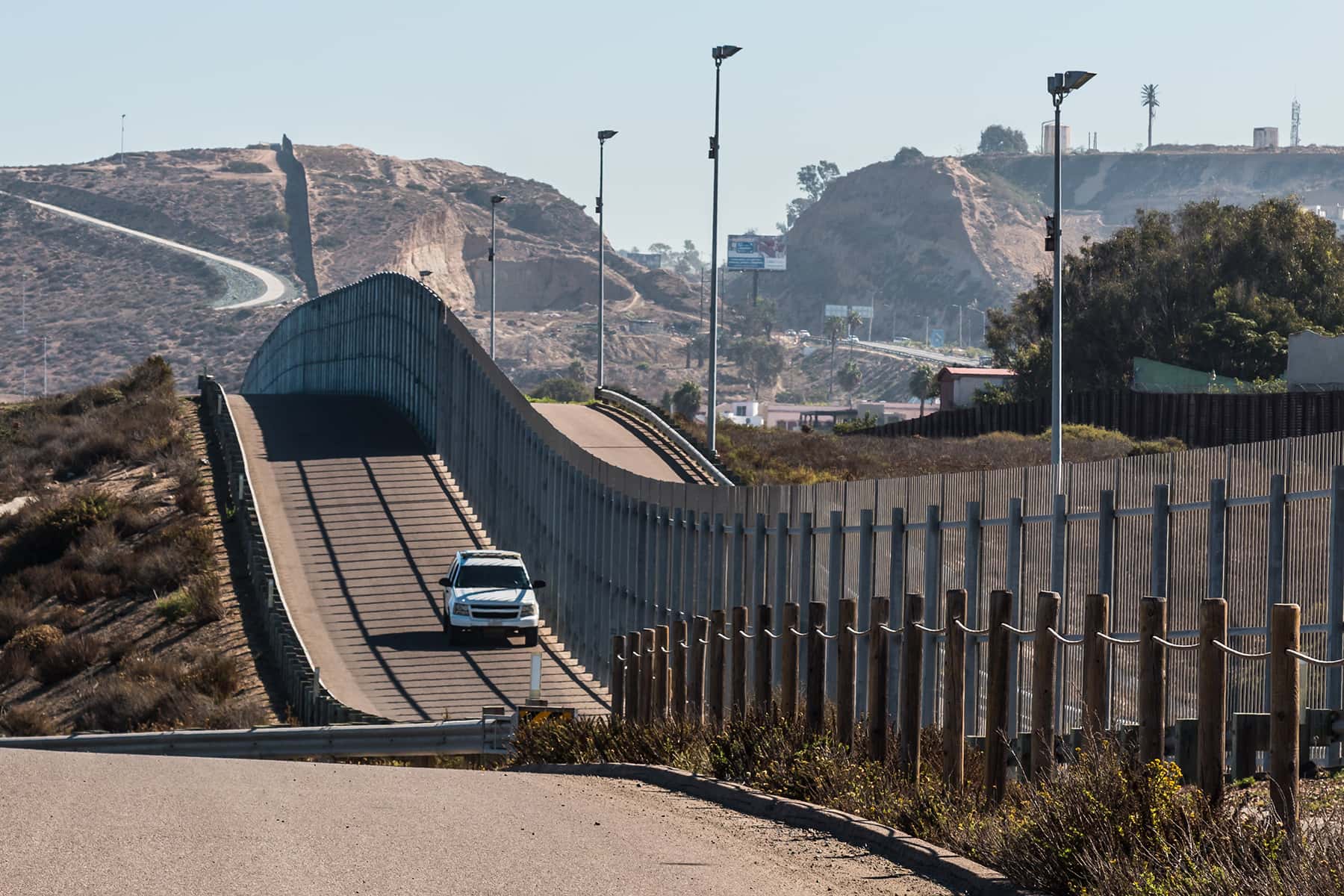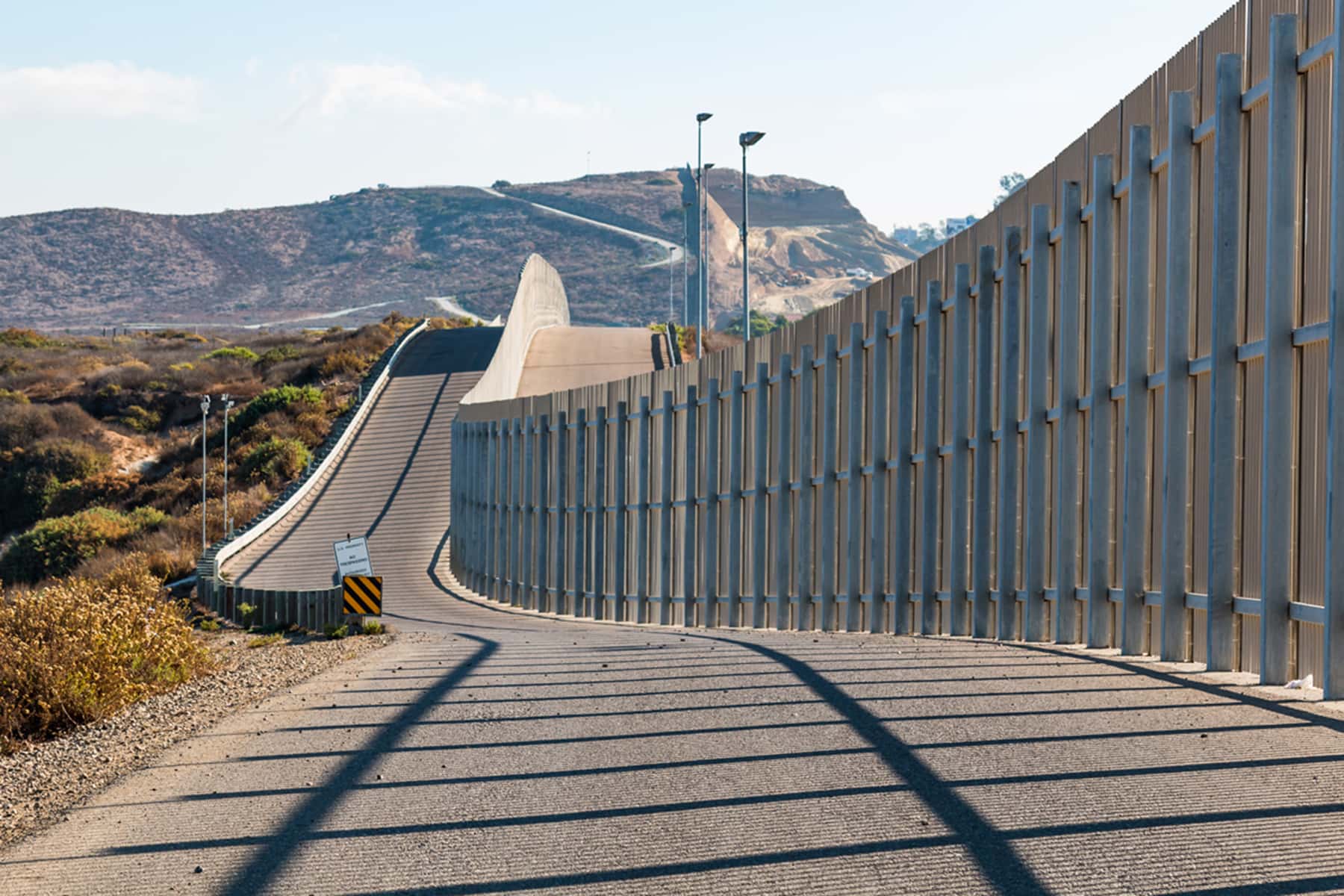
President Donald Trump’s plan to kiII or delay hundreds of construction projects on U.S. military bases to help fund border fencing includes diverting money for a Wisconsin Air National Guard base.
Guard spokesman Joe Trovato confirmed that $8 million earmarked for Truax Field in Madison would be diverted to wall funding. Schools, target ranges, and maintenance facilities are among $3.6 billion in military base projects to be cut by President Donald Trump to pay for 175 miles of fencing along the U.S.-Mexico border, stoking the ire of Capitol Hill Democrats, who promise they won’t replace the money needed to revive the projects.
Projects in 23 states, 19 countries and three U.S. territories would be stalled or killed by the move, though just $1.1 billion in cuts would strike the continental U.S., according to a list released Wednesday by the Pentagon. Almost $700 million would come from projects in U.S. territories, with another $1.8 billion coming from projects on overseas bases.
“I’m deeply concerned about President Trump’s plan to pull funding from critical national security projects — including millions of dollars from important projects in Virginia — so he can build his border wall,” said Virginia Democratic Senator Tim Kaine. “The well-being of American troops is the core responsibility of every commander in the military, yet the commander in chief is shirking that duty so he can advance his own political agenda.”
Trump’s move would take the biggest step yet in delivering on his longstanding promise to build a wall to block immigrants from entering the country illegally. But that may come at the expense of projects that the Pentagon acknowledged may be difficult to fund anew.
A senior defense official told reporters the Pentagon is having conversations with members of Congress to urge them to restore the funding. The official agreed that the department has “a lot of work ahead of us,” considering that Congress has given no guarantee it will provide money for the defunded projects. The official was not authorized to discuss the details publicly so spoke on condition of anonymity.
In addition, new stretches of fencing proposed along the Rio Grande and through a wildlife refuge in Arizona promise to ignite legal battles that could delay the wall projects as well. New stretches of fencing are sure to spark legal battles with angry landowners and environmentalists. The Pentagon plan also fuels the persistent controversy between the Trump administration and Congress over immigration policies and the funding of the border wall.
“It doesn’t take any input from the local communities. It will take away from the private property rights,” said Representative Henry Cuellar, D-Texas. “We are going to do everything we can to stop the president.”
Lawmakers who refused earlier this year to approve nearly $6 billion for the wall must now decide if they will restore the projects that are being used to provide the money.
“To pay for his xenophobic border wall boondoggle, President Trump is about to weaken our national security by stealing billions of dollars from our military,” said Representative Debbie Wasserman Schultz, D-Fla., who chairs a key military construction panel. “The House of Representatives will not backfill any projects he steals from today.”
Congress approved $1.375 billion for wall construction in this year’s budget, same as the previous year and far less than the $5.7 billion that the White House sought. Trump grudgingly accepted the money to end a 35-day government shutdown in February but simultaneously declared a national emergency to take money from other government accounts, identifying up to $8.1 billion for wall construction.
The transferred funds include $600 million from the Treasury Department’s asset forfeiture fund, $2.5 billion from Defense Department counter-drug activities and now the $3.6 billion pot for military housing construction announced Tuesday.
The Pentagon reviewed the list of military projects and said none that provided housing or critical infrastructure for troops would be affected, in the wake of recent scandals over poor living quarters for service members in several parts of the country. Defense officials also said they would focus on projects set to begin in 2020 and beyond, with the hope that the money could eventually be restored by Congress.
The government will spend the military housing money on 11 wall projects in California, Arizona and Texas, the administration said in a filing Tuesday in a lawsuit brought by the American Civil Liberties Union. The most expensive is for 52 miles (84 kilometers) in Laredo, Texas, at a cost of $1.27 billion.
The Laredo project and one in El Centro, California, are on private property, which would require purchase or confiscation, according to the court filing. Two projects in Arizona are on land overseen by the Navy and will be the first to be built, no earlier than Oct. 3. Seven are at least partly on federal land overseen by the Interior Department, including a 31-mile stretch through the Cabezza Prieta National Wildlife Refuge in Arizona, a major wilderness area.
The 175 miles covered by the Pentagon funding represents just a fraction of the 1,954-mile U.S.-Mexico border.
Written By
Аndrеw Tаylоr and Еllіоt Spаgаt
















